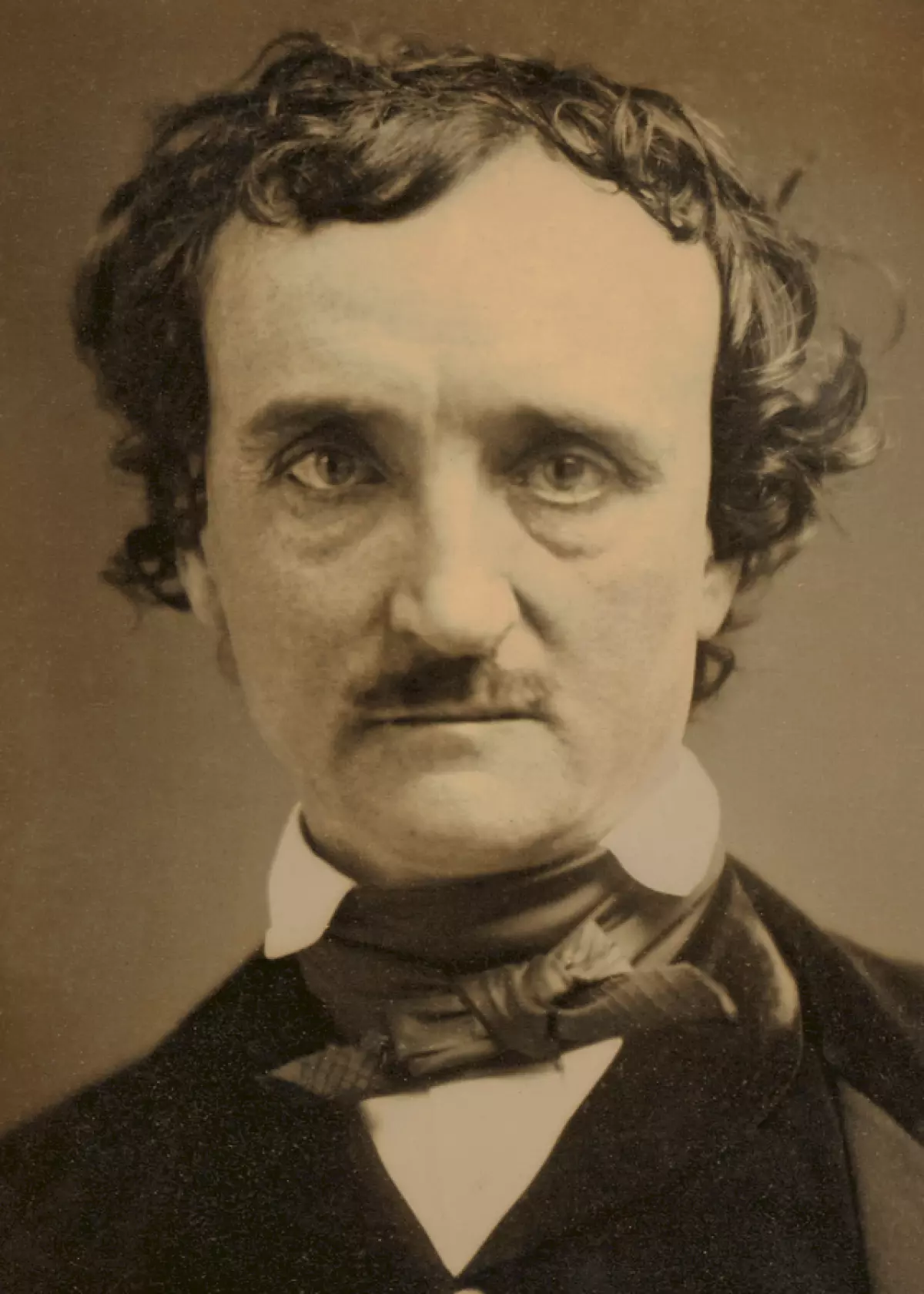Edgar Allan Poe's chilling tale, 'The Masque of the Red Death', entices readers with its intriguing plot and multi-layered themes. In this short story, Prince Prospero and his courtiers seek refuge from the gruesome 'Red Death' plague within the walls of their abbey. However, beneath the surface, Poe weaves a narrative that goes beyond a simple plotline, leaving room for interpretation and introspection.
The Literary Influence of Boccaccio
Poe draws inspiration from Boccaccio's 14th-century work, 'The Decameron'. While the foundation remains similar - a group of noblemen and noblewomen seeking sanctuary from the plague in an abbey - Poe adds his own twist by changing the color of the plague to the fictional 'Red Death'. Interestingly, Poe originally titled the story 'The Mask of the Red Death', emphasizing the masked figure who appears at the end. By altering the title to 'The Masque', Poe shifts the focus to the masquerade ball that Prince Prospero orchestrates for his courtiers.
The Delusion of Immortality
Prince Prospero and his wealthy entourage believe that they can evade the Red Death, defying death itself. However, this belief serves as a powerful reminder of human hubris. Regardless of age, wealth, or social standing, no one can escape the grasp of a deadly plague. Poe's personal experience with his wife's tuberculosis diagnosis adds an extra layer of poignancy to this theme. Here, the masked figure symbolizes the inevitable fate of death that eventually catches up with everyone.
Unveiling Prospero's Name
The name Prospero holds significant meaning in the story. On one level, it alludes to the prince's prosperity, wealth, and ability to isolate himself with his closest companions to weather the storm of the plague. However, the most prominent reference to Prospero comes from Shakespeare's play, 'The Tempest'. Just like Shakespeare's magician, Poe's Prospero creates his own world within the abbey, distancing himself from the rest of society and exerting control over those around him. However, in a tragic twist, it is this very act of control that leads to his demise at the hands of the intangible masked visitor.
 Caption: The image reflects the ominous atmosphere of 'The Masque of the Red Death'
Caption: The image reflects the ominous atmosphere of 'The Masque of the Red Death'
Symbolism of Colors and Number
Poe masterfully employs colors and numbers throughout the story to enhance its symbolism. The seven rooms of the imperial suite in the abbey represent the Seven Ages of Man, reflecting the passage of time and the inevitability of aging and mortality. However, the Red Death strikes before individuals can experience all seven stages, adding a sense of uncertainty to this interpretation. Instead, the significance lies in the colors of each room, with the presence of violet and the idea of totality suggested by the number seven. These vibrant colors paint a picture of the extravagant and lavish lifestyle of Prince Prospero, emphasizing his wealth and privilege.
Black Velvet and Red Death
The final room in the abbey, shrouded in black velvet tapestries, holds the most profound symbolism. The black velvet represents death, while the scarlet-colored windows symbolize the Red Death itself. The juxtaposition of these colors signifies the ease and softness with which life slips away when afflicted by the plague. The haunting imagery created by these vivid descriptions heightens the sense of impending doom and the inevitability of mortality.
The Ambiguity of Reality
'The Masque of the Red Death' leaves readers with a lingering question: Did the events truly happen, or were they mere figments of Prince Prospero's imagination? Poe's narrative blurs the lines between the supernatural and the psychological, inviting both interpretations. Details such as the dreamlike atmosphere and the speculation of Prince Prospero's sanity lend credence to the notion that everything may exist solely within his troubled mind. This ambiguity aligns with Poe's affinity for leaving his stories open to interpretation, allowing readers to ponder the boundaries between reality and illusion.
Prospero's Final Words
In Shakespeare's play, 'The Tempest', Prospero utters the famous lines, "We are such stuff as dreams are made on; and our little life is rounded with a sleep." These words echo throughout 'The Masque of the Red Death', reinforcing the idea that the events may have been conjured by Prince Prospero's own troubled imagination. The parallels between Poe's Prospero and Shakespeare's Prospero highlight the power of dreams and the malleability of reality.
If you found this analysis thought-provoking, you may also enjoy delving into Poe's classic story, 'The Cask of Amontillado'. Open your mind to the enigmatic world of Edgar Allan Poe, where reality intertwines with the supernatural, leaving you questioning the boundaries of existence itself.















